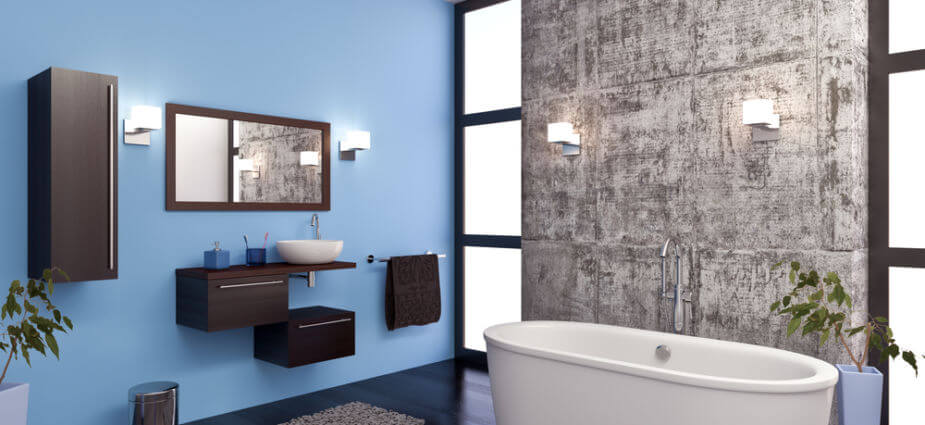Tips for Financing Your Next Home Renovation
Trading up for luxe need not cost the earth, especially if your home foundations are sound. Australians are so enamoured with renovations, only one percent of would-be renovators cancelled their renovations during the COVID-19 pandemic, according to the Housing Industry Association.
A renovation can not only add instant value to your home but bestow a new lease of life and luxury on old and tired décor and aesthetics. They can also save you money, if you use sustainable materials and appliances. Though you may have your eye on a new bathroom; opening the lounge and dining to become more open plan; a flowing outdoor patio or entertainment area – you’ll have to finance it somehow. The obvious and convenient options are often the costliest – so here are some tips for financing your next home renovation without incurring unnecessary debt or waste.
Go for partial instead of full renovation
According to Better Homes and Gardens Australia, minor renovations can start from as little as $20,000 and go all the way up to $300,000 for a complete reimagining of your space. Kitchens can be renovated cheaply by replacing cabinets and benchtops instead of rebuilding anew; bathroom fixtures and tiling can be replaced, which can significantly bring down the cost of a renovation while still giving your spaces modern and luxe touches.
Lock in your designs and expectations
Stunning renovations such as this breathtaking New Farm home need a set design to pull off. Visualise your design using 3D technology if your contractor uses it – because changing your mind can run up big cost blowouts – as much as 25% in most cases. Stick to your plans and make sure you’re happy with them before forging ahead.
Avoid using savings or the credit card
Do you want to pour all your savings into your home renovation, especially if you aren’t going to see an immediate return on investment? Likewise with your credit card. Savings don’t “cost” anything except all your hard-earned work; using your credit card will mean high ongoing interest if you don’t pay off the balance within the interest free period.
Is home equity an option?
Many renovators use a home equity release to fund the build – however this can lead to much more paid in interest over time. A mortgage interest rate is lower than all other forms of credit. However, since mortgages are paid off over decades and not years, adding more to your mortgage principal may attract massive interest – 4%p.a. interest on a $800,000 principal is $32,000 per year – which could be more than some modest renovations.
Financing with personal loans
Though it does take a little more effort to apply, you may want to consider the best personal loan for home renovations. It’s the most cost-effective solution compared with savings, your credit card, or home equity. 9.25%p.a. interest on a $20,000 loan over five years is only $5,056 in interest – if you added $20,000 to your principal on a larger home loan, it could take decades to pay off. Remember: each repayment you make gets you closer to a zero balance.
Remember to consult a financial professional before considering any type of financial product.








